Each year, winter arrives with its short days and blustery winds and shows students at Blue Ridge Wilderness that they are capable of much more than they may have known. At first glance, the weather and terrain might be daunting, but with the proper gear, nutrition, and staff support, students at Blue Ridge bundle up, move their bodies, eat warm meals, and experience what it’s like to thrive- no matter what the environment.
During the winter, students become accustomed to the cold- their bodies calibrate, and so do their minds. This process alone is one huge step on their path to increased cognitive and physical resiliency. But it’s not all in their heads: every client is outfitted with insulating layers, water-and wind-resistant pants and jackets, snow boots, winter sleeping bags, gloves, hats, socks, and so on. If their gear is lost, it’s replaced as quickly as possible. If clothing becomes wet, it’s immediately substituted with something dry. Students are supported by staff in maintaining a dry bag of clothes at all times (bonus points if they keep their bow-drill set dry, too!).
There’s always one staff member in each group who is a Wilderness First Responder (WFR) or Wilderness Emergency Medical Technician (WEMT). The staff in each group participate in risk-management training and in-service lessons where medical professionals teach the behaviors and protocols that ensure student warmth and safety. Though it’s not often needed, front country medical response is always one call away (and closer than students realize).
Client safety in all seasons is the #1 priority at Blue Ridge. Our staff is trained to carefully assess the risk of each situation, working with the environment to help students learn more about themselves. Days and routines are constructed through the lens of what will be the safest and most empowering for clients. The All Kinds of Therapy article, “Keeping Wilderness Clients Safe in Winter” speaks on this balance well:
“Wilderness therapy programs utilize the distinction between real and perceived risk, fostering an appreciation for the intrinsic grandeur and spirituality of open space while minimizing actual hazards as much as practicable. This balancing act is continually shifted as conditions on the ground change and, the decisions to increase intervention are supervised and managed not only by instructors but also Field Directors and other managers, medical staff, and state regulations.”
Every department at BRTW is integral to the process of keeping students safe and healthy. Staff work around the clock to maintain communication with all groups, bring gear, food, and fuel to the field, and support Field Instructors with whatever they need to ensure group safety.
Blue Ridge places great importance on student safety and comfort year-round. When students are comfortable and safe, they’re best equipped to focus on their personal journeys and inner-work. The Outdoor Behavioral Health Council (OBHC) provides research that suggests that students in wilderness programs are often safer than when they are at home. While the possibility of injury in the woods is present, the risks of injury and harm at home are actually greater. This is attributable to the emotional, nutritional, and physical consistency clients experience while in the program under the guidance and support of wilderness and medical professionals. Being a student at Blue Ridge is like living in a moving container where the consistent boundaries and recurring, predictable safety protocols create the walls, no matter what season.
If you have any questions regarding student safety at Blue Ridge Therapeutic Wilderness or would like to learn more about the program, please explore our website or reach out to an admissions counselor today at (888)915-1040.
For more information about winter protocols, modifications, and accreditation in Wilderness Therapy programs, read All Kinds of Therapy’s article about Winter Safety.


